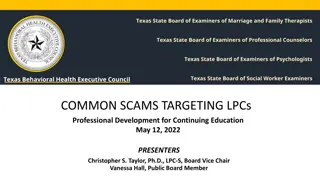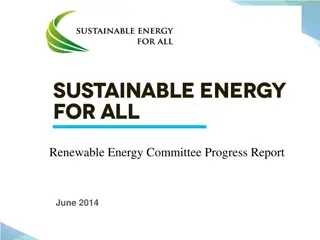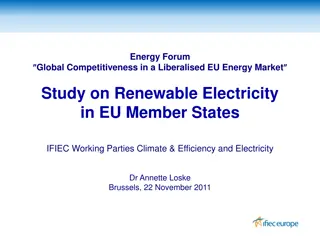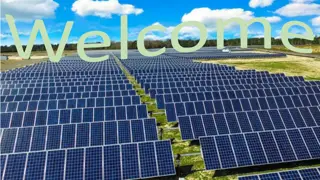Avoiding Renewable Energy Scams
Be wary of deceptive practices in the renewable energy sector. Equip yourself with knowledge to spot and avoid scams. Learn how to safeguard your investments and make informed decisions to support sustainable energy solutions.
Download Presentation

Please find below an Image/Link to download the presentation.
The content on the website is provided AS IS for your information and personal use only. It may not be sold, licensed, or shared on other websites without obtaining consent from the author.If you encounter any issues during the download, it is possible that the publisher has removed the file from their server.
You are allowed to download the files provided on this website for personal or commercial use, subject to the condition that they are used lawfully. All files are the property of their respective owners.
The content on the website is provided AS IS for your information and personal use only. It may not be sold, licensed, or shared on other websites without obtaining consent from the author.
E N D
Presentation Transcript
General characteristics of scammer methods: 1. They come uninvited to the PIC. 2. They avoid the utility and go directly to Cabinet, the President, or the utility Board 3. They have a new renewable energy technology that is innovative and markedly better than the technology that is currently being used
4. They claim that the PIC looks ideal for this new technology and should be installed there as a demonstration for the world 5. They will install the new technology at their own cost and sell the electricity to the PIC at a price lower than other generation options 6. All that is needed is a feasibility study that the PIC must pay for to be a part of the deal 7. After the study they say, sorry it is not feasible and depart taking $50,000- $100,000 for the study
If the new technology is as good as they say and does indeed fit the situation at the PIC, even if installed for free and there is no cash outlay by the PIC, there is still risk that it will not work. 1. Wasted time 2. Delaying adding other RE because of expected generation from the new technology 3. Environmental impacts 4. Storm damage to the installation that causes collateral damage to the utility system
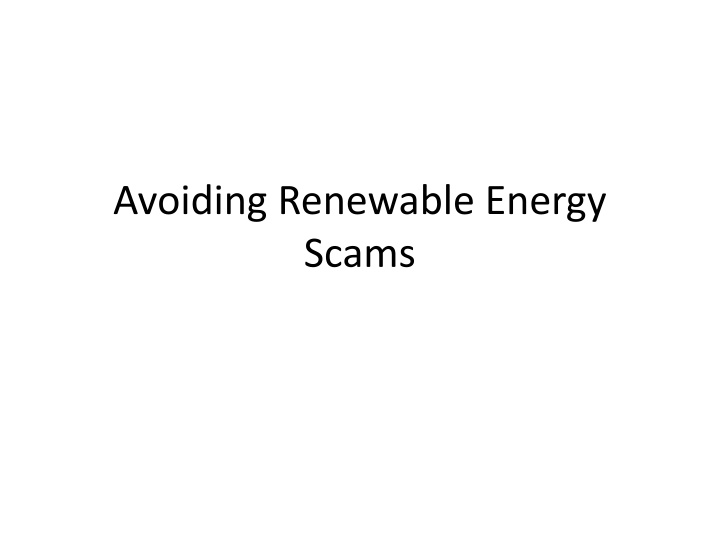





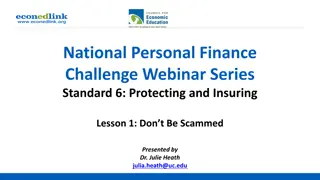
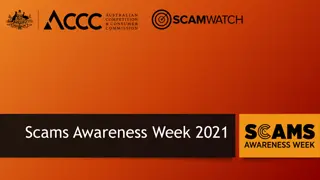

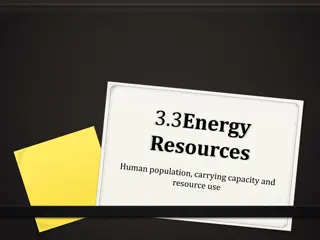




![101 Reviews How to Recover Lost Bitcoin [Scammed/Stolen Funds]](/thumb/153354/101-reviews-how-to-recover-lost-bitcoin-scammed-stolen-funds.jpg)

